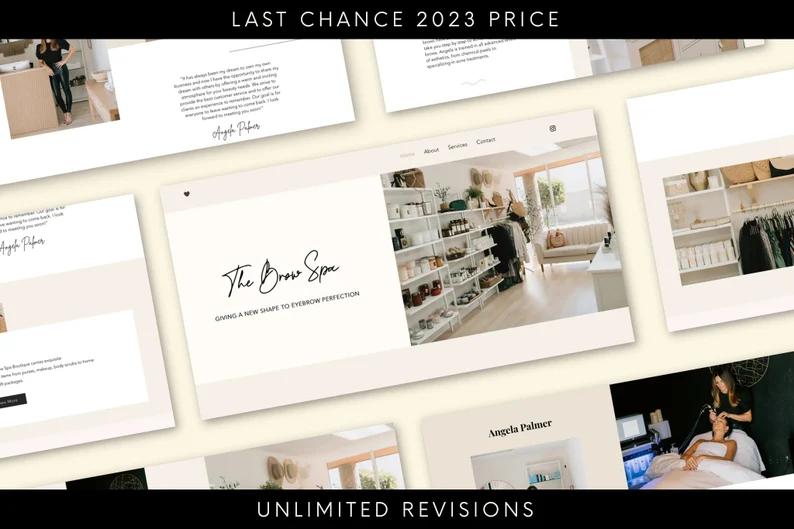
Crafting Digital Experiences: The Art of User Interface Design
by urdigitalplanet in Blog on January 3, 2024Introduction
In the digital realm, the user interface (UI) is the bridge between the human user and the machine. Effective user interface design is crucial in creating engaging, intuitive, and enjoyable digital experiences. Whether it’s a website, mobile app, or software application, the UI plays a pivotal role in user satisfaction and overall success. This blog post explores the intricacies of user interface design and its importance in the modern digital landscape.

1. The Essence of User Interface Design
User interface design focuses on the visual and interactive elements of a digital product. It involves designing the layout, buttons, icons, imagery, typography, and color schemes that users interact with. A well-designed UI not only looks appealing but also enhances usability and accessibility.
2. Balancing Aesthetics and Functionality
The art of UI design lies in striking the right balance between aesthetic appeal and functionality. A visually stunning interface is futile if users find it difficult to navigate. The best UI designs are those that are both visually pleasing and intuitively usable.
3. Importance of Understanding User Behavior
Effective UI design is rooted in a deep understanding of user behavior. Designers must anticipate user needs and preferences to create interfaces that are not only easy to use but also cater to the expectations of the target audience.
4. The Role of UI in User Experience (UX)
While UI is a crucial component of the overall user experience (UX), it is not the only factor. UI design works hand in hand with user experience design to create a comprehensive and cohesive digital experience that meets user needs and business goals.
5. Trends in User Interface Design
User interface design is an ever-evolving field, with trends and styles changing constantly. Staying abreast of the latest design trends, such as minimalism, dark mode, voice-activated interfaces, and immersive 3D elements, is key to creating relevant and modern digital products.
6. Responsive and Adaptive Design
In today’s multi-device world, responsive and adaptive design are essential in UI design. Interfaces must be flexible and adaptable to various screen sizes and devices to ensure a consistent and seamless user experience.
7. Tools and Technologies in UI Design
A range of tools and technologies are used in UI design, from graphic design software like Adobe Photoshop and Sketch to prototyping tools like Figma and Adobe XD. These tools help designers create, iterate, and test their designs effectively.
8. Measuring the Success of UI Design
The success of a UI design is measured not just by its visual appeal but also by its impact on user behavior and satisfaction. Metrics such as user engagement, conversion rates, and usability testing results are crucial indicators of effective UI design.
Conclusion
User interface design is a crucial component of digital product development, significantly impacting the user’s perception and interaction with the product. A well-crafted UI can lead to higher user engagement, satisfaction, and ultimately, the success of the digital product. As technology continues to evolve, so will the techniques and approaches to UI design, continually shaping the way we interact with our digital world.

